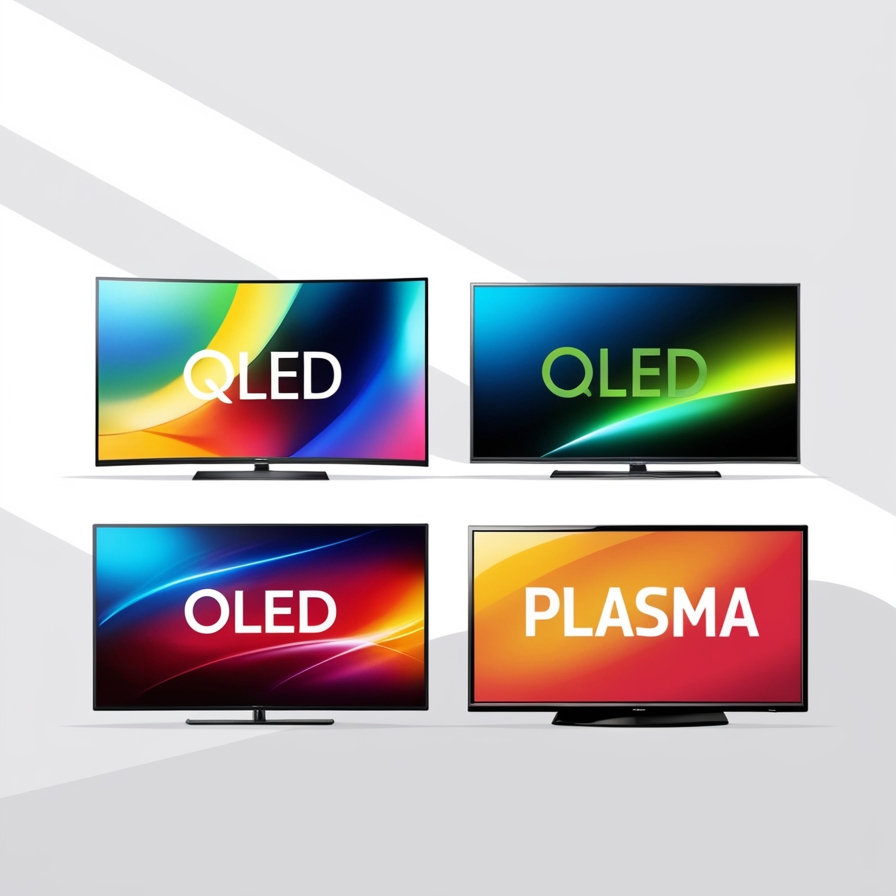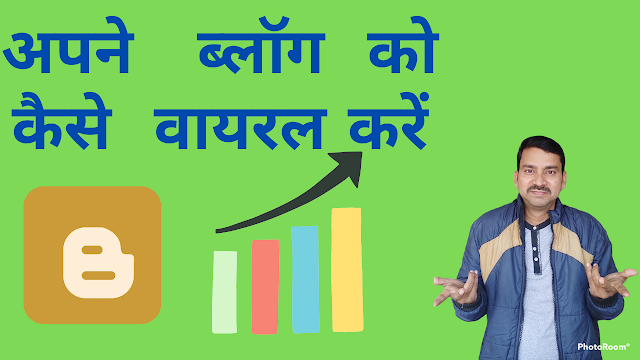How Many Types of TV? A Comprehensive Guide
Introduction
Understanding the various types of TVs available in today’s market is crucial when making a purchase. Whether you’re looking for a new Smart TV for your living room or an ultra-high-definition display for a home theater, knowing the differences between various TV types can help you make an informed decision. Use Focus Keyword in the SEO title to improve the visibility of your blog post.
Table of Contents:
- LED TV
- OLED TV
- QLED TV
- LCD TV
- Plasma TV
- Smart TV
- 4K Ultra HD TV
- 8K TV
- Curved TV
- HDR TV
- 3D TV
- Conclusion
Let’s dive deeper into how many types of TV are available today!
1. LED TV (Light Emitting Diode)
LED TV is the most commonly found TV type today. Focus Keyword in the content is crucial for SEO success. LED TVs use light-emitting diodes for backlighting, offering great brightness, energy efficiency, and sharp images. Compared to older TV models, LED TVs are thinner, consume less power, and come at an affordable price range.
Advantages:
- Slim design
- Energy-efficient
- Affordable
Disadvantages:
- Picture quality may not be as good as OLED or QLED
2. OLED TV (Organic Light Emitting Diode)
OLED TVs offer superior picture quality compared to other TV types. Each pixel emits its own light, allowing for deeper blacks and vibrant colors. Use Focus Keyword in subheading(s) to optimize SEO performance.
Advantages:
- Deep blacks and rich colors
- Excellent contrast
- Thin and flexible display
Disadvantages:
- Expensive
- Limited brightness compared to QLED
3. QLED TV (Quantum Dot Light Emitting Diode)
QLED TV uses quantum dots to enhance color accuracy and brightness. QLED TVs are known for their superior color reproduction compared to standard LED TVs. Focus Keyword in the content will help increase keyword density and make your post SEO-friendly.
Advantages:
- Bright and vivid colors
- Long-lasting display
Disadvantages:
- Not as deep blacks as OLED
- Can be more expensive than standard LED
4. LCD TV (Liquid Crystal Display)
LCD TV is an older technology still widely available today. LCD screens are backlit using LEDs but are typically less expensive than OLED or QLED options. LCD technology provides decent picture quality but falls short when compared to modern alternatives.
Advantages:
- Affordable
- Decent picture quality
Disadvantages:
- Lower contrast and color depth compared to OLED and QLED
5. Plasma TV
Plasma TVs were once popular for their excellent color accuracy and deep blacks, but they have mostly been phased out of the market. Plasma technology uses small cells containing electrically charged ionized gases to display images. Although they are no longer being produced, some models are still in use today.
Advantages:
- Great color accuracy and contrast
- Smooth motion
Disadvantages:
- Heavier and bulkier than modern TVs
- High energy consumption
6. Smart TV
Smart TV comes with built-in internet connectivity, allowing you to stream content from services like Netflix, YouTube, and Hulu without needing an external streaming device. This type of TV provides more convenience and access to a wider range of content.
Advantages:
- Internet connectivity
- Access to apps and streaming services
Disadvantages:
- Higher price than regular TVs
- Software updates may be required regularly
7. 4K Ultra HD TV
4K Ultra HD TVs offer four times the resolution of standard Full HD (1080p) TVs. With sharper images and greater detail, 4K TVs have become the new standard for home entertainment. Use Focus Keyword at the beginning of your content to enhance SEO.
Advantages:
- Superior image quality and detail
- Becoming the standard resolution for new TVs
Disadvantages:
- Requires 4K content for optimal viewing
- Can be more expensive than 1080p TVs
8. 8K TV
8K TVs are the latest innovation in television technology, offering an incredible 16 times the resolution of Full HD. While 8K offers stunning detail, there is limited 8K content available.
Advantages:
- Extremely sharp image quality
- Future-proof technology
Disadvantages:
- Expensive
- Very limited content available in 8K
9. Curved TV
Curved TVs are designed with a slight curve to enhance the viewing experience, providing an immersive feel by wrapping the display around the viewer’s field of vision. While unique, these TVs have lost popularity in recent years due to limited viewing angles and practicality.
Advantages:
- Immersive viewing experience
- Aesthetic design
Disadvantages:
- Poor viewing angles
- More expensive than flat-screen TVs
10. HDR TV (High Dynamic Range)
HDR TV technology enhances the contrast and color accuracy of images, offering more dynamic and vibrant picture quality. HDR-enabled TVs are available in both 4K and 8K models and are increasingly becoming a must-have feature for TV enthusiasts.
Advantages:
- Improved color and contrast
- More lifelike images
Disadvantages:
- Requires HDR content for optimal performance
11. 3D TV
3D TVs were a short-lived trend that allowed viewers to watch 3D content using special glasses. Despite its initial excitement, the lack of content and practical use led to its decline in the market.
Advantages:
- Unique viewing experience
- Fun for 3D movie enthusiasts
Disadvantages:
- Limited content availability
- Requires glasses for viewing
Optimizing Your Content for SEO Success
Now that you have a better understanding of the different types of TVs, let’s ensure your content is optimized for SEO:
- Add Focus Keyword to your SEO Meta Description.
- Use Focus Keyword in the URL to make it search engine-friendly.
- Place the Focus Keyword near the beginning of the content and titles to boost relevance.
- Aim for 1% Keyword Density throughout the post for optimal SEO performance.
- Use Content AI to improve your writing, ensuring the blog post is between 600 to 2500 words.
- Add DoFollow links to authoritative external resources and include internal links where relevant.
- Incorporate images with the Focus Keyword in the alt text to enhance visual appeal and SEO.
Conclusion
When choosing a TV, it’s essential to understand how many types of TV are available and what each offers. Whether you’re looking for superior picture quality, smart features, or budget-friendly options, this guide covers all the major types of TVs to help you find the right one for your needs.
Use the Focus Keyword to ensure your blog post reaches the right audience, and don’t forget to include high-quality images and external resources to make your content more engaging.






